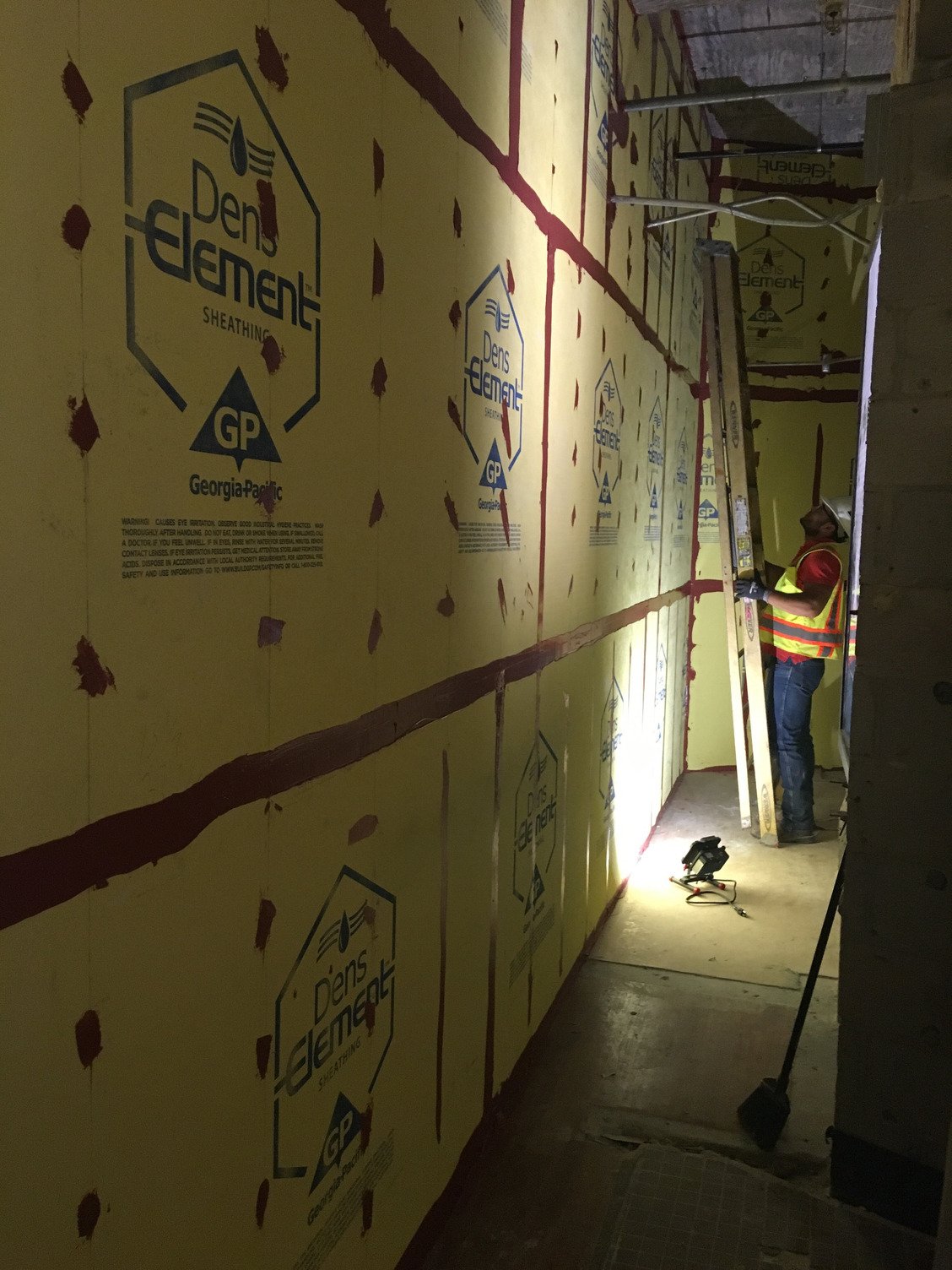Top 5 Hurricane Preparedness Practices for Construction Sites

We often think of late summer and early fall as the time when hurricanes generally make landfall. But people tend to overlook the fact that hurricane season spans a full half of the year, running from June 1 to Nov. 30. When you’re building in a hurricane-prone area, that’s a lot of time for your jobsite to be vulnerable to disaster. That’s why it’s key to develop a plan for protecting your site, the structure, your equipment and your team members when a hurricane is projected to make landfall. Here are five ways you can get ready:
- Develop an emergency plan.
According to FEMA, as many as 75% of businesses without a continuity plan fail within three years of a natural disaster like a hurricane.[1] Construction projects are no exception. Well before hurricane season arrives, you should develop an emergency plan that includes the following:
- An evacuation plan: According to OSHA, an evacuation plan should include:
- Conditions that will activate the plan
- Chain of command
- Emergency functions and who will perform them
- Specific evacuation procedures, including routes and exits
- Accounting procedures
- Equipment for personnel.[2]
- A timeline for when you will stop and resume construction activity. Create checklists for 72, 48, 24 and 12 hours before the storm makes landfall.[3]
- An outline of steps to take for protecting and securing the site.
- A designated strike team of key personnel who will make decisions during the storm, and a damage survey and repair team who will be the first onsite after the storm.
- Emergency contact information for all team members. Collect multiple points of contact for each person, including phone numbers, email addresses and contact information for family members.
- A detailed risk assessment.
- A list of resources for materials and manpower. After a storm hits, manpower and building materials can be hard to come by. Make sure you have access to resources and materials that are offsite and in an area that isn’t prone to flooding.
- A post-disaster plan for site response and recovery.
- Carefully monitor the weather.
Conditions can change dramatically in just 24 hours. Designate a team member who will stay abreast of weather developments and evacuation advisories. Remember that hurricanes reaching Category 3 and higher are considered major storms with the potential for significant loss of life and damage.
- Secure and prepare the jobsite.
- Take inventory of all equipment and materials on the site.
- Remove and store any materials, tools or equipment that are easily transportable and could otherwise be damaged. If there are crane towers on the site, assess the risks involved and obtain wind ratings and engineering reports for the cranes if possible.
- Use sandbags, anchors and rope to tie down materials.
- Cover materials with tarp or plastic sheeting to protect them from water.
- Make sure backup generators are properly fueled.
- Secure the structure by boarding up doors and windows, and by placing sandbags around the building to protect from water.
- Cancel deliveries to the jobsite until after the storm passes.
- Evacuate the jobsite.
- Pay attention to local advisories and alerts to determine when to clear everyone off the jobsite. Make sure your team members have ample time to evacuate, and find out their plans and contact information before they leave.
- Mobilize your strike team who will serve as key points of contact and decision makers during the storm.
- If you have a team that will ride out the storm onsite or locally, allow them to secure their homes first, and make sure they have access to safe shelter, food, water, supplies and backup power.
- After the storm, assess damage and begin recovery.
- Take stock of damages and determine how the storm’s impact will affect project costs, manpower and scheduling. Bear in mind any personal losses your project team members may be facing.
- Use caution when accessing the structure, as the storm may have weakened its structural integrity.
- Pump out water as quickly as possible to minimize damages to the structure. Bring in fans and dehumidifiers to dry out the building. Be careful about walking in standing water, which could contain hazards such as sharp objects, floating ant colonies, and electrical charges.
- Begin tearing out and disposing of damaged materials.
- Expect delays in obtaining materials, as roads may remain impassable and suppliers may have sustained damages to their facilities.
Remember: Be sure to review your completed hurricane plans with all team members and project stakeholders. Make sure everyone signs off on it and is ready to take the steps necessary to keep the site and its workers safe.

[1] https://www.fema.gov/media-library-data/1510690297358-1e6c4874b251c3022ac4b57b0369e2da/Hurricane_Ready_Business_Toolkit_Interactive_Final_508.pdf
[2] https://www.osha.gov/dts/weather/hurricane/preparedness.html
[3] https://constructionprosins.com/uploads/AGC_Hurricane_Plan.pdf
This article is intended solely as general information. Ultimately, the design and detailing of any project, assembly or system is the responsibility of a professional, and all projects must comply with applicable building codes and standards. For information concerning the limited warranty for the DensElement® Barrier System, visit www.denselement.com. GP Gypsum disclaims any responsibility or liability for the architecture, design, engineering or workmanship of any project, assembly or system.